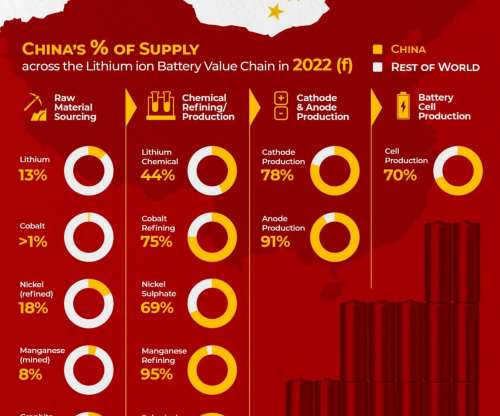Shell, Shenhua to Partner on RD in Advanced Coal Technology; Shell Qualifies 3 Chinese Companies to Manufacture Gasification Technology
Green Car Congress
SEPTEMBER 13, 2009
Shell) also qualified three Chinese companies for the manufacture of key equipment for the Shell Coal Gasification Process (SCGP), in order to make the Shell technology more competitive in the Chinese market. In addition, they will discuss the possible application of carbon capture and storage (CCS) technology.












Let's personalize your content